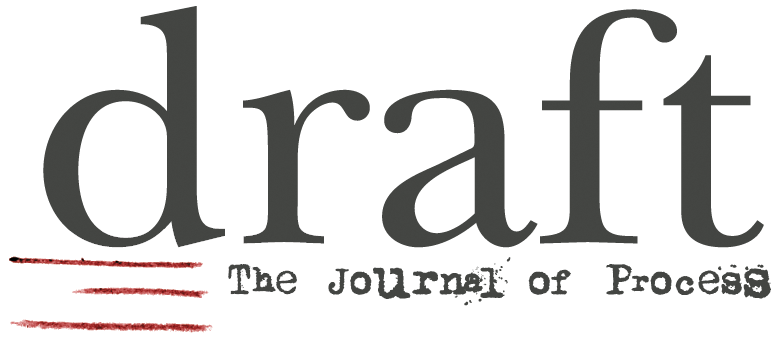The 20 Little Essays Project
This summer, while preparing to teach a class on the collage essay at the Collins’ Writers Conference in Davenport, I emailed author and teacher Amy Butcher to see if she had any great exercises she enjoyed when teaching about fragmentation, association, and imagination. If you know Amy, you know that of course she did, and what she sent was this amazing little exercise which she had adapted from poet Jim Simmerman’s “Twenty Little Poetry Projects” exercise, which first appeared in The Practice of Poetry: Writing Exercises from Poets Who Teach (HarperCollins, 1992).
Of the exercise’s origins, Simmerman writes:
I created this exercise for my beginning poetry writing students who seemed to me overly concerned with transparently logical structures, themes, and modes of development at the expense of free-for-all wackiness, inventive play, and the sheer oddities of language itself.
I created the exercise in about half an hour, simply listing, in no particular order, a lot of little sillinesses I had seen and liked, or had not seen but thought I would have liked, in poems here and there.
The only hard and fast guideline Simmerman laid out was that you should start with the first project and end with the last. Going in order isn’t necessary. Repetition of steps is not only okay but encouraged.
1. Begin the essay with a metaphor (consider using the following construction: “The (adjective) (concrete noun) of (abstract noun)…” or a statement asserting a particularly mundane truth.
2. Say something specific but utterly preposterous
3. Use at least one image for each of the five senses (sight, sound, touch, taste, smell), either in succession or scattered randomly throughout the writing
4. Offer commentary on the event in #2 in the past tense, again with three sentences; begin with: “Back then, I didn’t realize ______” or “We didn’t know that ______” or “I will later find out that ______.”
5. Mention the name of a religion or faith other than the one you were brought up in, or your ancestors were brought up in and/or tell us how this religion or faith would address project #4
6. Use the proper name of a person and the proper name of place
7. Contradict what you say in #1 with a qualifier; try something like “Maybe this is really about ______”; “Perhaps tomorrow ______”; “Other people say that ______”; “Maybe what I’m really talking about ______” or “I also remember this: ______.”
8. Make a statement about a recent advance in one of the hard or pure sciences (physics, computer science, geology, chemistry, biology) and make it relate it to one of your other sentences
9. Use a word (slang?) that you’ve never seen in a essay
10. Use a piece of false cause-and-effect logic
11. Make a declarative assertion that sounds convincing but, upon critical examination, makes no sense
12. Describe a childhood memory in three simple sentences (i.e., subject-verb-object).
13. WWJDS? WWSFDS? WWMEBGDS? What would Jesus Christ do/say?/What would Sigmund Freud do/say? What Would My Ex-Boyfriend or –Girlfriend Do/Say? Answer one of these questions without asking this question, preferably without mentioning the names.
14. Refer to yourself by nickname and in the third person.
15. Make a prediction about a specific year in the future that you think is bold.
16. Interview someone to comment on #3, #4, #8, #9, #14. Use a direct quote or a block quote or dialogue exchange.
17. Using Google or another Internet search engine, look up an important word or term from your essay and either search for the latest news item (if using Google) or the “I Feel Lucky” feature. Describe the results without saying you used this feature.
18. Mention any current world leader by name in any context anywhere in the essay.
19. Make a nonhuman object say or do something human (personification).
20. Close the essay with a vivid image that makes no statement but that “echoes” an image from earlier in the essay.





